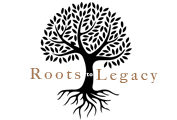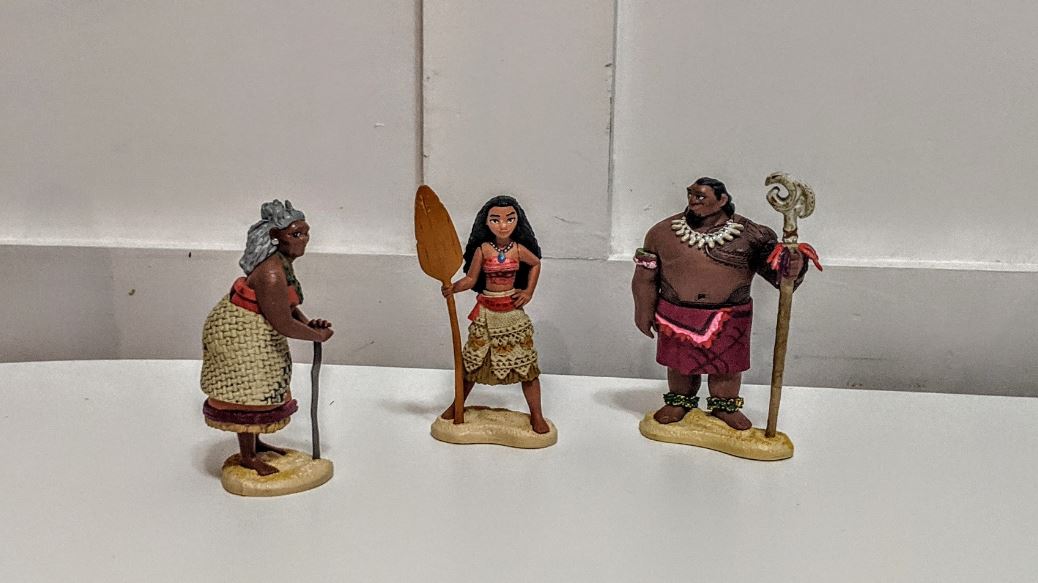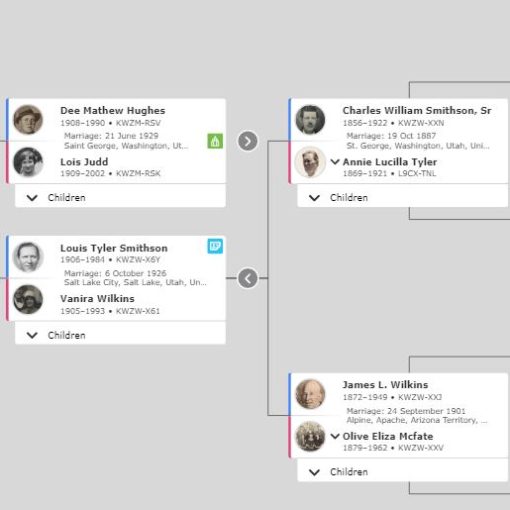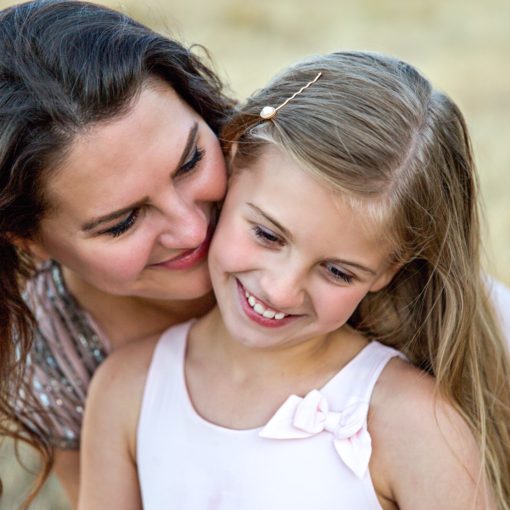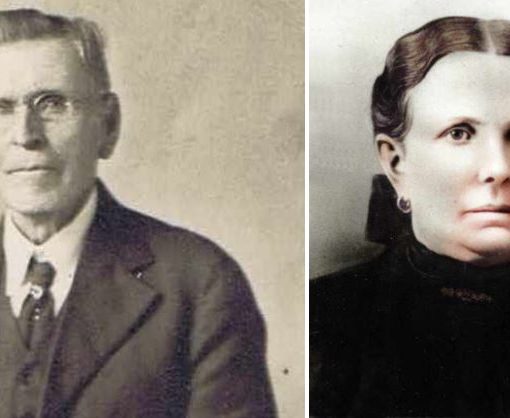My amazing, perfect daughter is almost two years old. Until about a month ago, my wife and I have navigated parenthood without any major screen time requests from our daughter. We also had avoided any commercial influences on our daughter. For the most part she has been content with what we present her with. She is a very active baby…maybe she’s officially a toddler now, but she’ll always be my little baby. Her active nature makes her fairly demanding of our attention. On occasion we’ll have to distract her with a show on the TV or IPad. Up until recently these were usually educational videos, Baby Einstein, Signing Time, and the like. This controlled grasp we had on her screen time formed a crack about a month ago. One day my wife decided to let her watch the movie Moana, thinking she might last 20 minutes or so. That planned 20 minutes turned into the entire film and our daughter was hooked. Since then she has become the biggest Moana fan in the world. It didn’t help that my wife’s parents, who we were visiting, had some little Moana toys that she also discovered and fell in love with. Suddenly, we had a crazed fan on our hands. Walking through the store she would suddenly start yelling “Maui!” as loud as she could and we would see her pointing to a Moana coloring book on a shelf we were passing. She could spot anything Moana anywhere in sight. She has also started requesting specific songs from the movie to play in the car or just around the house so she can dance, try to sing along, and clap after every performance. In reality, it is pretty cute to see her love something so much and latch on to something that she enjoys. My wife and I are also glad that of all the Disney princesses there are to choose from, she has decided Moana is the one for her. We like the idea of a strong, independent, adventurous, and family focused girl being her role model.
Before Moana became the newest member of our family, I had seen the film once but honestly didn’t remember much about it. In the last month I have now memorized the movie and find myself talking about each character multiple times every day as my daughter asks to listen to particular songs while holding each song’s corresponding figurine toys. I also have the movie playing behind my headrest on every car ride that takes more than 20 minutes.
Despite this onslaught of all things Moana I have recently experienced, I’m not at all annoyed and actually find myself liking the movie more and more every day. The thing I find most intriguing about the movie is its Roots to Legacy message. If you’re not familiar (spoiler alert!…kind of) with the movie it is about a girl named Moana who lives on her perfect tropical island. She is the daughter of the village chief and is being prepared to become the chief someday. She is drawn to the ocean and wants to go explore but she doesn’t know why. She eventually discovers that her ancestors were voyagers and that is where she gets her drive to explore. She is also chosen by the ocean to go on an amazing adventure to save the world and receives help from her ancestors on her voyage. She then helps her village reconnect with their roots and redefine their legacy.
The whole movie is about roots and legacies. The storyline, dialogue, and song lyrics are full of messages about the importance of knowing your roots and how those roots shape your legacy. As I’ve thought about this I see many opportunities to use the movie to teach your children about their roots and their legacy. Here are some suggestions on how you could turn a family movie night into a powerful lesson about your family history, the importance of roots, and their relationship to legacy.
Here are some suggestions on how you could turn a family movie night into a powerful lesson about your family history, the importance of roots, and their relationship to legacy.
- If your kids have seen the movie before you could start off with a conversation about what they remember about it. Ask what they remember about Moana, her parents, her grandma, and the other ancestors she sees in vision. You can do this just to get those characters on their mind so they will focus on them more as they watch the movie.
- You could watch the whole movie through and then have a conversation about the following points, or you could pause the movie and discuss these things at those times. You can decide this depending on the age and personalities of your children.
- After the song “Where You Are” is over, ask your children what they think of the life that Moana and her family have. Ask them what Moana’s grandma is trying to teach her in the song. This can lead to conversations about the role of parents helping teach children about their responsibilities, and how it is important for families to work together and help each other. It can also lead to conversations about grandparents being wise and that it is important for everyone to be true to who they are.
- After Moana’s dad gets mad at her and her mom talks to her about why he was mad, talk to your children about how Moana and her dad both had been drawn to the ocean. Talk to them about traits that can be passed down from one generation to the next. Talk about any traits or interests you might have that your children also have.
- After Moana finds the cave with the boats and has the vision of her ancestors, talk about Moana’s ancestors, the skills they had, and the things they accomplished. Talk about some of your ancestors, the skills they had, and the things they accomplished. Find pictures of these people if possible and help your children see them as actual people who lived full amazing lives. Help them get to know their ancestors so they can feel like they can develop a relationship with them. Talk about how Moana’s ancestors got to her island long ago. Teach them about how your ancestors came to your country or state. Ask them why they think Moana was so excited about finding out her ancestors were voyagers. Ask them what they want to know about their ancestors and answer their questions, or write them down and research them later as a family.
- After the song “I Am Moana” ends and Moana fixes up her boat, talk about how Moana gained encouragement and strength by knowing her ancestors did difficult things and so could she because they are a part of her. Use this opportunity to discuss other pertinent topics if you choose, such as how our ancestors passed beliefs, abilities, and attitudes onto us and how we can build on those things they gave us. Talk about specific qualities, beliefs, and abilities your ancestors have passed down and how your family can build on them. You can also discuss your beliefs about our ancestors watching over us if that is something you believe in and want your children to learn.
- After Moana returns to her island and teaches her people to take up sailing like their ancestors did, talk about things your ancestors did that your family could try doing. Research your family history and find some things your ancestors did and plan some activities to try those things as a family. Some examples could be, making art, quilting, knitting, fishing, gardening, or any activity your ancestors may have been involved in.
- After the Movie is over talk about what they learned about families and ancestors in the movie. Ask them what they want to learn about their roots and how they might want to build on the legacy their ancestors have left for them.
The stories of your ancestors can be just as exciting as the stories of Moana’s. Expose your children to them. Help them learn where they come from and how they can build on the legacies they have been left by those who came before them. Help them know who their ancestors are. Help them gain wisdom from the lives they lived, so the stories of their roots can help them build a lasting legacy themselves someday. The movie Moana gives you an easy way to introduce family history to your family and use it to enrich your lives and the lives of your children.
